


Each Bracelet Comes With
a Real Hammerhead to Track
Each Bracelet Comes
With a Real Hammerhead
To Track
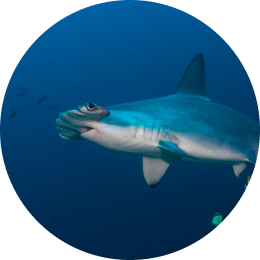
Meet your hammerhead and learn their story
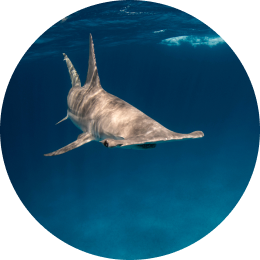
Reveal exclusive stats, photos, and updates along the way
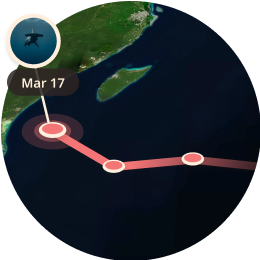
Follow their voyage on a 3D map
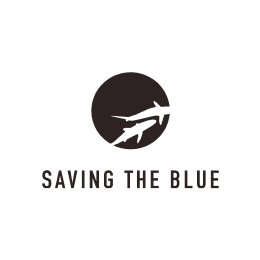
In partnership with Saving The Blue

Made in partnership with Saving the Blue, who aims to recover and restore a variety of threatened marine species, including sharks, while connecting people to ocean wildlife.
One Small Bracelet.
One Big Mission.

Common Questions
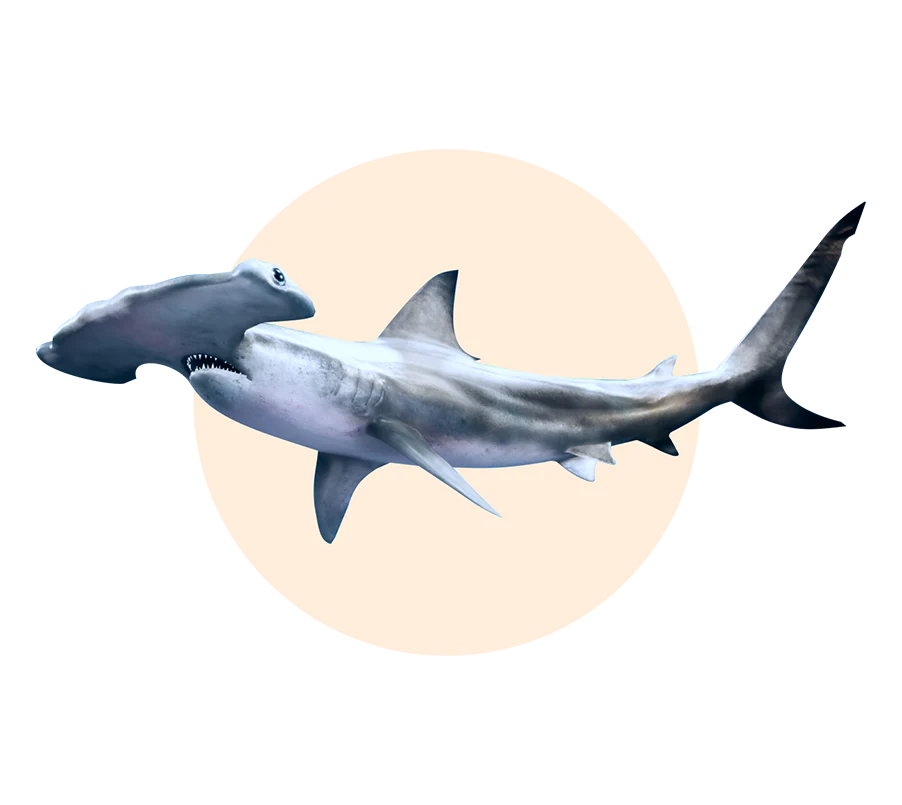



 This animal’s safety guarded with the Fahlo Protection Ping™
This animal’s safety guarded with the Fahlo Protection Ping™ Add 3 or more for free shipping
Add 3 or more for free shipping Fahlo donates 10% of all profits to our nonprofit partners
Fahlo donates 10% of all profits to our nonprofit partners Sizing: Elastic, one size fits most
Sizing: Elastic, one size fits most SSL Secure Checkout
SSL Secure Checkout Worldwide Shipping
Worldwide Shipping Dedicated Customer Service
Dedicated Customer Service 100% Happiness Guarantee
100% Happiness Guarantee